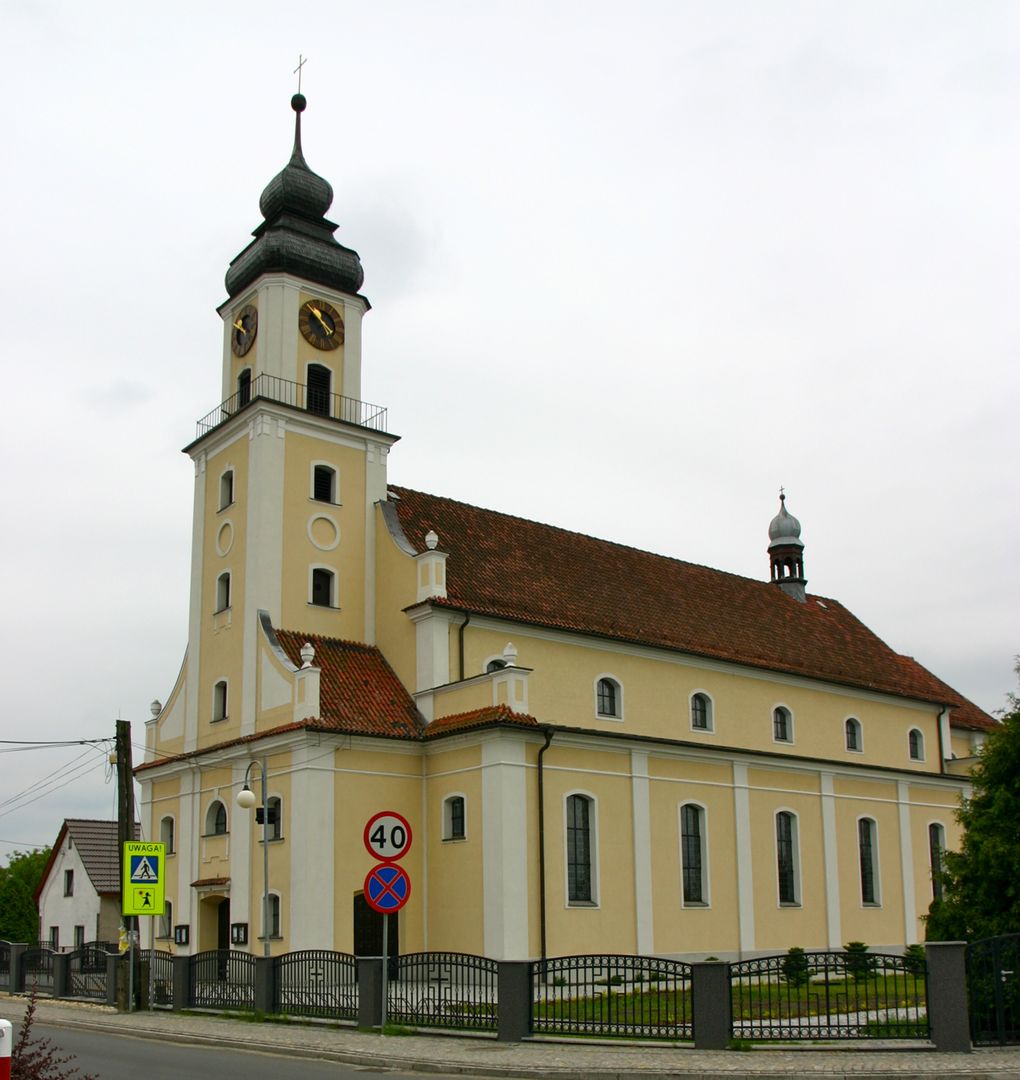Chroscice
6.02

Overview
Chróścice is a village located in the Opole Voivodeship, within the municipality of Dobrzeń Wielki, known for its rich history and unique monuments. The village features the Parish Church of St. Hedwig, built between 1936 and 1937, with a tower dating back to 1804. It is worth noting that an earlier wooden church was dismantled in 1804, and the new temple was constructed on the site of its demolition. Chróścice boasts a fascinating history stretching back several thousand years B.C., with numerous archaeological excavations uncovering cremation graves and remnants of metallurgy, attesting to the presence of highly developed cultures in the region. Interestingly, in 1931, a Celtic coin and remains of smelting furnaces for metalworking were discovered there, suggesting the existence of settlement and craftsmanship during that period. In 1954, a rich necropolis with artifacts dating from the 2nd to the 4th century A.D. was unearthed, along with metallurgical remains indicating advanced iron production. Additionally, Chróścice witnessed significant historical events, such as the Upper Silesia Plebiscite, in which a minority voted to join Poland. The village also has its sporting traditions, with the LZS Victoria Chróścice club, which won the Polish LZS Cup in 1953 and promotes various sports disciplines, including football and table tennis. The village's infrastructure includes a railway station, a bus service, a municipal library, and a health center, as well as a well-developed network of roads and sidewalks. It is worth visiting the local mill and the nearby lake, as well as the historic lock from 1887, which attracts history and nature enthusiasts. Chróścice is not only an important point on the map of the Opole region but also a fascinating place that combines a rich history with the active life of the local community.
Location
2025 Wizytor | All Rights Reserved